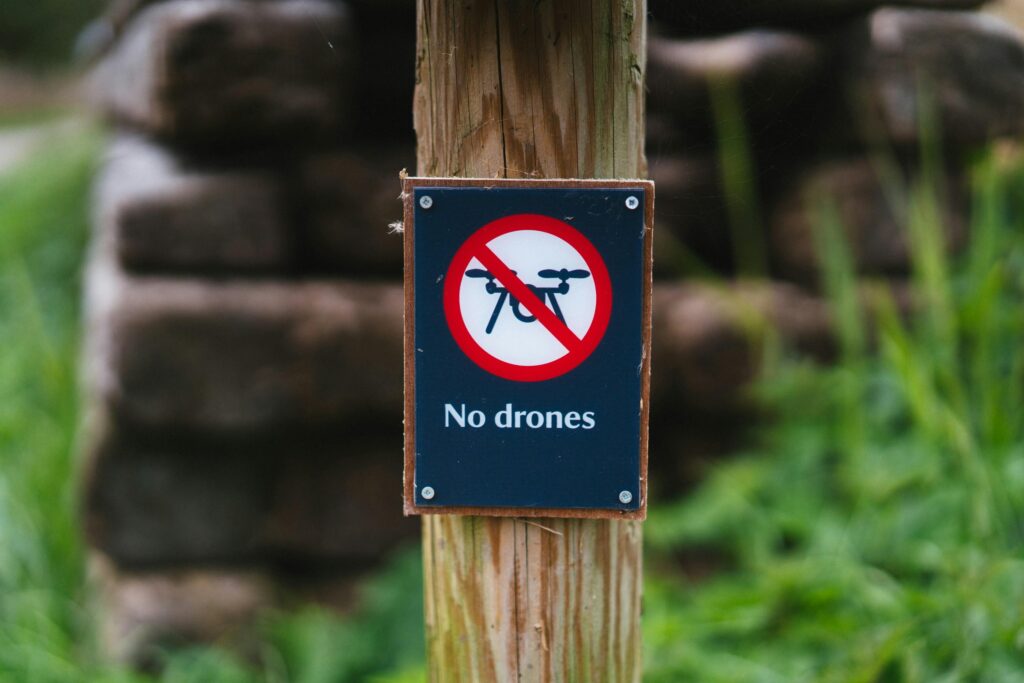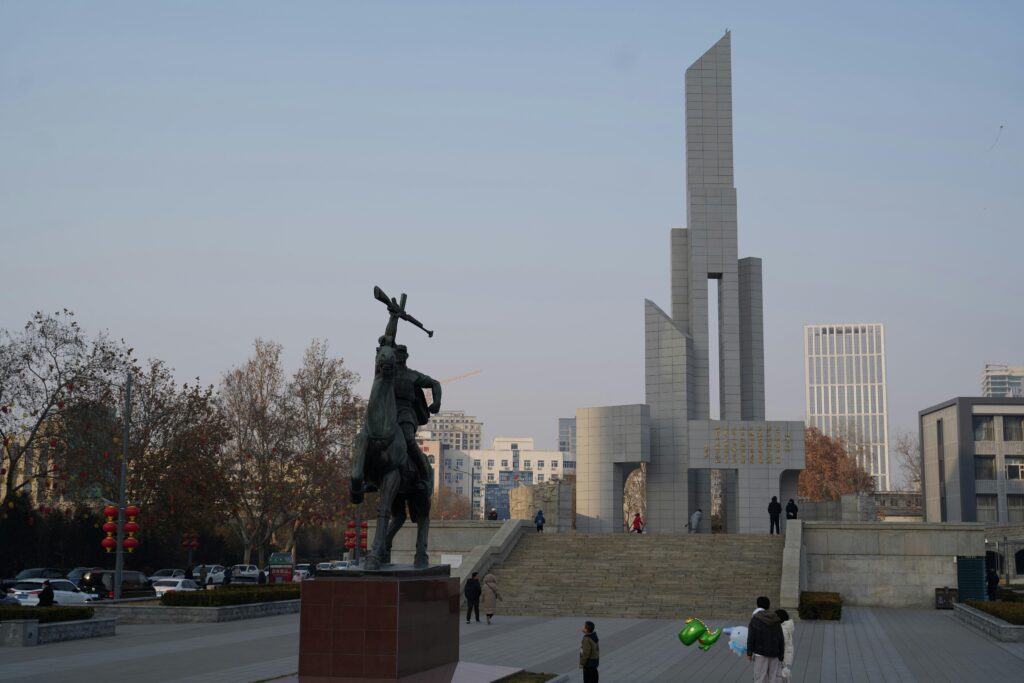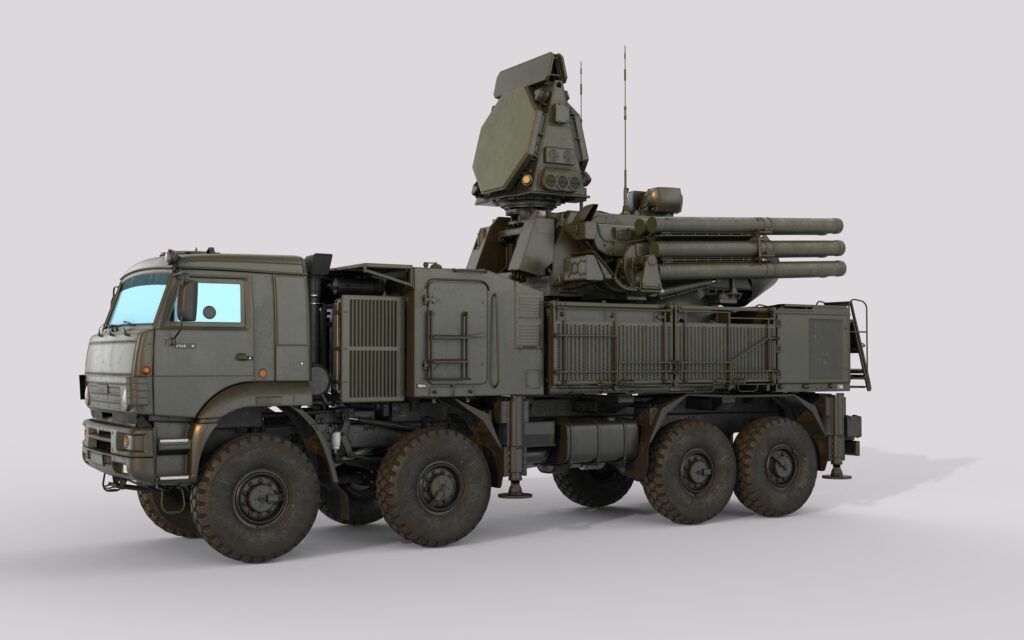In an era marked by complex geopolitical tensions and rapidly shifting alliances, understanding NATO’s role in today’s global conflicts has never been more crucial. Originally forged in the aftermath of World War II as a collective defense pact, the North Atlantic Treaty Organization has evolved into a powerful force shaping international security dynamics across the world. From Eastern Europe to the Middle East, NATO’s strategies, interventions, and partnerships continue to influence the course of modern conflicts, often sparking debate about its relevance and effectiveness in the 21st century. In this article, we break down NATO’s impact on contemporary global hotspots, exploring how this decades-old alliance adapts to new threats and the challenges it faces on the battlefield and beyond.
Table of Contents
- NATO’s Strategic Role in Shaping Modern Conflict Dynamics
- Assessing NATO’s Response Mechanisms in Emerging Global Hotspots
- The Influence of NATO’s Partnerships on International Security
- Policy Recommendations for Strengthening NATO’s Conflict Resolution Efforts
- Insights and Conclusions
NATO’s Strategic Role in Shaping Modern Conflict Dynamics
At the heart of global security architecture, NATO continues to act as a pivotal force in redefining how contemporary conflicts unfold and are managed. Its evolution from a purely defensive military alliance into a multifaceted security organization demonstrates its adaptability to the complexities of modern warfare, which now include cyber threats, hybrid warfare, and asymmetric engagements. NATO’s capacity to coordinate multinational forces and share intelligence in real-time has significantly altered power dynamics, deterring aggression and stabilizing volatile regions. Moreover, its emphasis on interoperability ensures that member countries can operate seamlessly together, creating a united front that reshapes conflict resolution strategies on a global scale.
Key elements driving NATO’s influence include:
- Collective Defense: The cornerstone principle of Article 5 fosters unity, ensuring an armed attack against one is considered an attack against all, which enhances deterrence.
- Rapid Response Capability: Specialized forces able to deploy quickly to conflict zones, mitigating the escalation of local disputes into widespread crises.
- Strategic Partnerships: Cooperation with non-member states broadens NATO’s influence and integrates diverse perspectives on maintaining international peace.
- Technological Innovation: Investments in cyber defense and intelligence-sharing fortify member nations against emerging and non-traditional threats.
Assessing NATO’s Response Mechanisms in Emerging Global Hotspots
NATO’s agility in responding to escalating tensions across emerging global hotspots reveals the alliance’s commitment to collective defense and political stability. Its mechanisms often combine rapid deployment forces with sophisticated intelligence-sharing networks, enabling a swift and coordinated reaction to potential crises. For instance, the use of the NATO Response Force (NRF) has proven essential in projecting deterrence, while collaborative exercises and training programs enhance operational readiness among member states. These efforts are bolstered by strategic partnerships beyond the alliance, ensuring a more comprehensive understanding of regional dynamics.
However, the effectiveness of NATO’s response mechanisms can vary significantly depending on geopolitical complexities and the interests of individual members. Challenges such as differing threat perceptions and political will sometimes create friction within the decision-making process.
- Operational Coordination: Balancing multinational command structures with rapid decision cycles.
- Technological Integration: Ensuring interoperability across diverse military systems.
- Political Consensus: Aligning strategic objectives in a fluid global environment.
These factors often dictate how successfully NATO adapts to emerging conflicts, highlighting the ongoing need for reform and innovation in its strategic approach.
The Influence of NATO’s Partnerships on International Security
NATO’s partnerships extend far beyond the traditional bounds of military alliances, serving as a vital framework for fostering stability and cooperation in regions afflicted by conflict. These collaborative relationships empower not only member states but also partner countries to engage in intelligence sharing, joint training exercises, and strategic planning. Such synergy enhances the collective ability to preempt and respond to emerging threats, ranging from cyberattacks to terrorism and hybrid warfare. Through these alliances, NATO projects a united front that deters escalation and promotes diplomatic solutions, ultimately reducing the risk of widespread violence.
The ripple effects of NATO’s outreach efforts are tangible in multiple hotspots across the globe. Partnering countries benefit from increased military interoperability and enhanced crisis management capabilities, which contribute to:
- Strengthened regional security networks that supplement local efforts in conflict zones.
- Improved resilience against unconventional threats like misinformation and economic coercion.
- Greater political stability by fostering shared democratic values and rule-of-law standards.
These elements combined illustrate how NATO’s partnerships act not merely as alliances of convenience but as proactive mechanisms shaping a more secure international landscape.
Policy Recommendations for Strengthening NATO’s Conflict Resolution Efforts
To enhance the effectiveness of NATO’s conflict resolution mechanisms, it is essential to prioritize greater diplomatic engagement alongside military preparedness. Investing in robust dialogue platforms can foster trust and transparency among member states and potential adversaries alike. This includes expanding early-warning systems that leverage intelligence-sharing and conflict de-escalation strategies, allowing NATO to act decisively before crises spiral out of control. Strengthening partnerships with regional organizations also offers a more nuanced approach to local conflicts, enabling tailored interventions rather than one-size-fits-all solutions.
Moreover, NATO must adapt by integrating innovative conflict prevention tools and addressing emerging threats like cyber warfare and hybrid tactics. A multi-dimensional approach that combines technology, cultural understanding, and economic incentives can mitigate tensions more effectively. Key policy actions should focus on:
- Expanding civilian-military cooperation to build resilient communities in conflict-prone regions
- Enhancing training programs that emphasize negotiation and mediation skills among NATO personnel
- Promoting transparency in mission objectives to maintain international legitimacy and local support
By embracing these strategic recommendations, NATO can reinforce its role not just as a deterrent force but as a proactive architect of sustainable peace in an increasingly complex global landscape.
Insights and Conclusions
In an era defined by rapid geopolitical shifts and evolving security challenges, NATO’s role remains as crucial—and contentious—as ever. From deterring aggression to coordinating international responses, the alliance continues to shape the dynamics of today’s global conflicts in profound ways. Understanding NATO’s impact helps clarify not only the current state of global security but also what the future might hold for cooperation and confrontation on the world stage. As conflicts persist and new threats emerge, keeping a close eye on NATO’s strategies and actions will be essential for anyone seeking to grasp the complexities of modern international relations. Stay tuned as this story unfolds.













